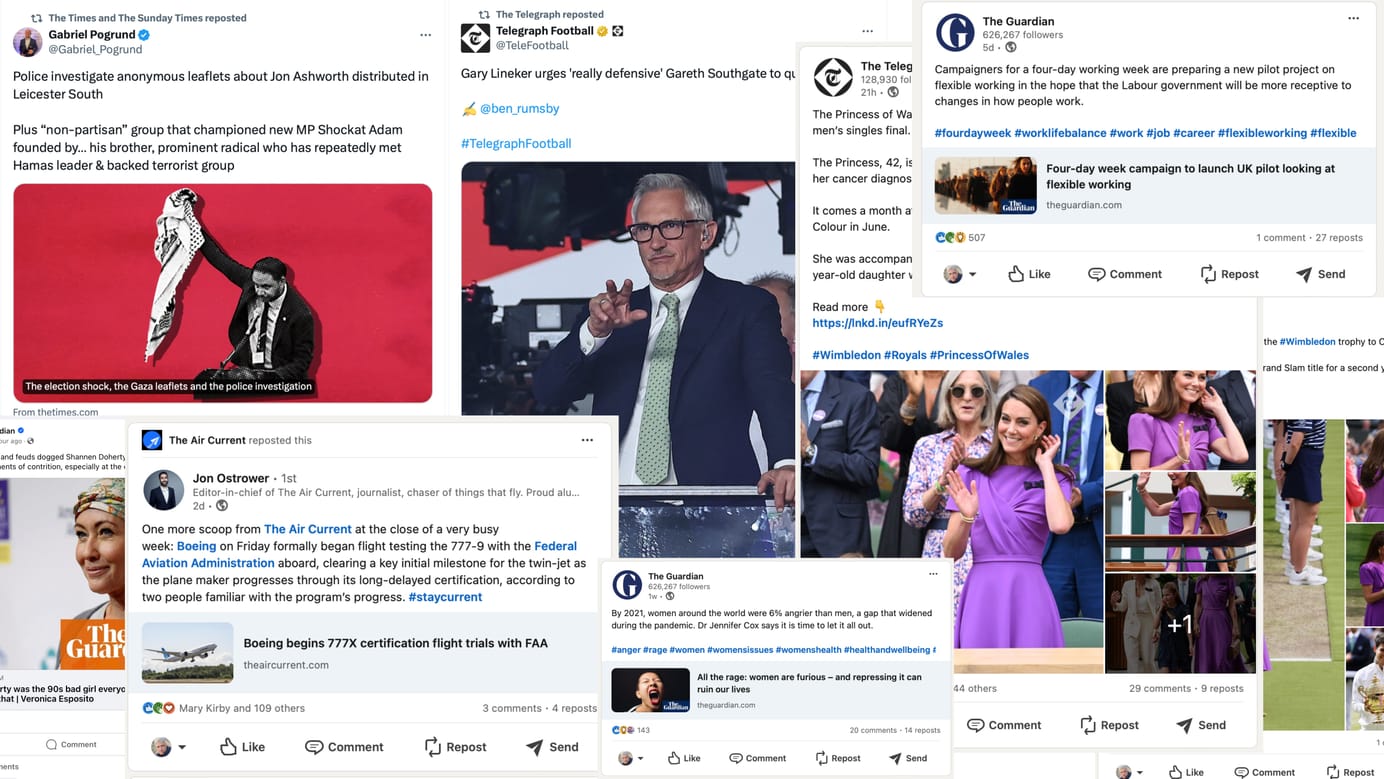Facebook: pay for eyeballs or get social
The Facebook game has changed, and anyone who is surprised hasn’t been paying attention. Social@Ogilvy published research showing that the reach of posts from brand pages on Facebook has been plummeting, something borne out by the couple of pages I have a hand in running. Here’s a graph they used to prove it:
Ewan Spence sums up the core message:
The research goes into more details, but the implication is clear. The free ride for brands on Facebook is coming to an end, and Mark Zuckerberg’s network should now be moved into the ‘paid channel’ in the marketing budget. The end game here is that a message posted on a brand page will not be shown to anyone unless it gathers a notable number of likes from a user’s friends. If their friends like a post, if there is a visible adoption of the post by the community, only then the post has earned the right to be shown organically.
Edged out of the algorithm
I am surprised that anyone is surprised by this. Two things suggested that this was the likely endgame:
- Facebook has been aggressively algorithmically managing your news feed to keep it relevant for a long time now. Switch from “Top Stories” to “Most Recent” in your settings, and you’ll probably see quite a different news feed. Why do they do this? As the volume of content shared into Facebook goes up, the relevance to you tends to go down. It’s the classic signal/noise ratio problem. Their solution is to try and filter out the noise for you.

- Facebook is an ad-funded service. It doesn’t care how much time and money you’ve spent on a social media agency to build page Likes, because that’s bringing it precisely zero revenue. Up until now, Facebook has been giving you free advertising, even if you’ve been paying someone else to access it. A commercial business giving away its core product for free is not a sustainable solution.
So, where does that leave you? Well, you have two choices. The first, and most obvious, is to pay. Hello, paid marketing That’s OK – you’re essentially just paying to have an advert for your content drop into people’s news feeds. Advertising like any other.
Putting the Social in Social Media
Your other option is harder – but the one that’s probably the most sustainable for journalism and content businesses. It’s something you can’t just throw money at, or hire somebody to do easily. It’s about creating content that people want to share – and then making it easy for them to do so. The best way to get traffic right from Facebook right now isn’t through brand pages – it’s through getting people to Like and share you content – and that means creating things they want to Like and share. That’s the hard bit. And you’re up against people like Buzzfeed who are really good at that. Here’re their traffic from search versus their traffic from Facebook:
So, in effect, we’re in a situation that almost exactly parallels search. For something to rank in search, people have to “share” it by linking to it. Then a whole bunch of other factors come into play to determine whether it’ll appear on your search result page. For you to get significant Facebook traffic, people will have to freely share your content into Facebook, and then a whole host of other factors (based on potential viewers’ prior actions and how people react to that content) kick into play to determine how widely it’s shared.
The Search/Social Divide
The difference is that people tend to search for answers to questions. Any published pages that’s ore complex in its execution and ideas than that is probably going to be better served by social sharing – and Facebook is still the 800lb gorilla on that front.
If you weren’t taking SMO (Social Media Optimisation) seriously already, you really have to be doing so now. That means sorting out technical stuff like Open Graph markup on your pages, but also the softer side of understanding how to write in way that are sharable. It also means understanding how to use your own staff to “seed” the process.
Ready for all that? If not, you better get the credit card out…
Sign up for e-mail updates
Join the newsletter to receive the latest posts in your inbox.












